You have not yet added any article to your bookmarks!

Join 10k+ people to get notified about new posts, news and tips.
Do not worry we don't spam!
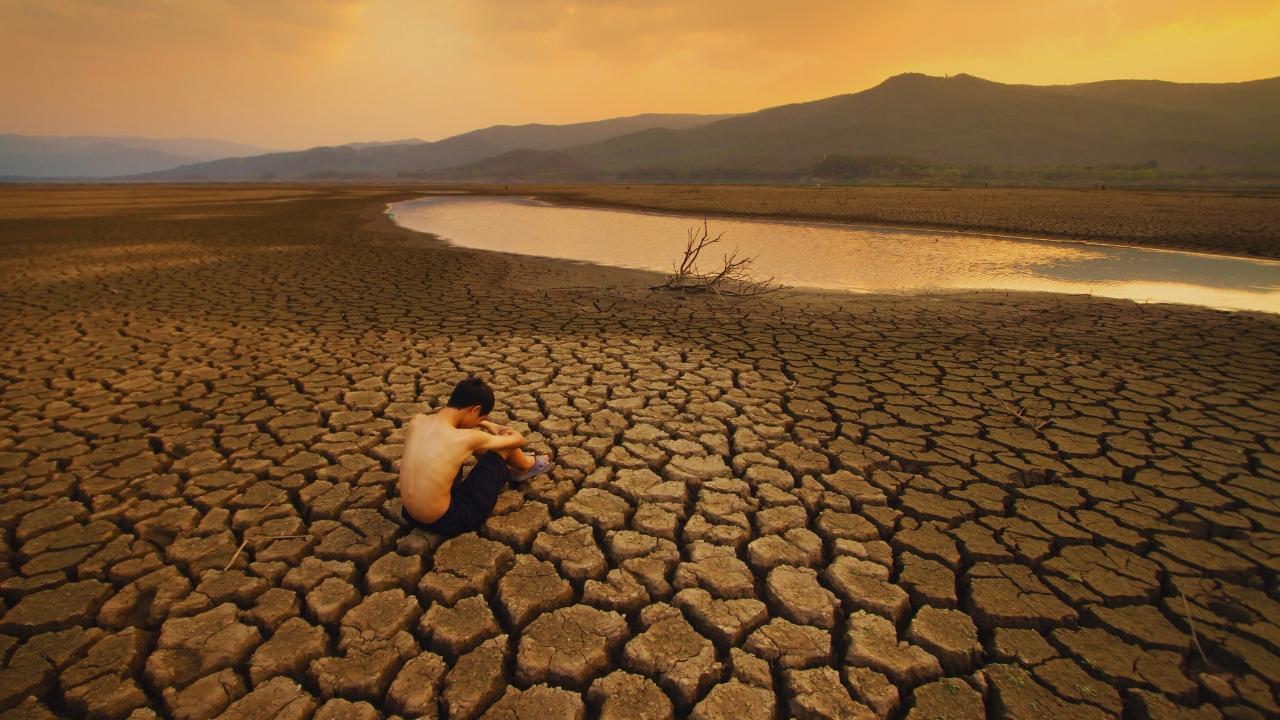
Post by : Anis Farhan
Water scarcity is no longer a future concern—it’s a present emergency. In 2025, over two billion people already live in water-stressed regions. From Mexico City to Chennai, taps are running dry, aquifers are collapsing, and rivers are disappearing. The global water crisis is not just environmental—it’s political, economic, and deeply personal.
As climate change intensifies, and populations rise, freshwater demand is outpacing supply. Agriculture, which consumes nearly 70% of all freshwater globally, is under enormous pressure. Meanwhile, industrial pollution and mismanagement are further degrading water sources. The big question now is: which countries will run out of water first—and what can the world learn from them?
Several countries have emerged as the most water-stressed, based on freshwater withdrawal versus renewable supply. These include:
With minimal rainfall and no major rivers, Gulf countries rely almost entirely on desalination. Qatar tops global rankings in water stress, using far more water than it naturally receives. While desalination offers relief, it's energy-intensive and environmentally costly due to brine discharge into oceans.
Home to 18% of the world’s population but just 4% of its water resources, India is in critical condition. Major cities like Bengaluru and Delhi face severe shortages. The country is rapidly depleting its groundwater—the world’s fastest rate of aquifer loss. In 2019, Chennai’s "Day Zero" shocked the world, but similar scenarios are now recurring across the country.
Decades of over-extraction for farming and poor water governance have pushed Iran’s freshwater resources to the brink. Lake Urmia, once the largest in the Middle East, has shrunk drastically. Protests over water shortages have already erupted in provinces like Khuzestan.
Cape Town came dangerously close to Day Zero in 2018. While the city managed to reverse course through aggressive conservation, many rural areas remain chronically dry. Climate change has exacerbated droughts, and inequality hampers infrastructure investment.
Mexico City sinks several centimeters each year due to over-extraction of groundwater. Water theft, old pipes, and inadequate rainwater harvesting worsen the situation. Meanwhile, northern Mexico’s agriculture continues to demand more than what’s available.
Other high-risk countries include Jordan, Saudi Arabia, Pakistan, and Egypt—nations where geography, governance, and climate combine into a dangerous cocktail.
Beneath our feet lies a crisis that’s easy to ignore—until it’s too late. Groundwater, which provides nearly one-third of the world’s freshwater supply, is being drained faster than it can be replenished. In northern India, parts of California, and China’s North Plain, aquifers have dropped to historic lows.
Groundwater is notoriously hard to monitor and regulate. In many countries, it remains unmetered and unpriced, leading to overuse. Once depleted, it can take centuries to recover, if at all. The shift from surface to groundwater due to unreliable rainfall has made matters worse.
In the U.S., for instance, the once-productive Ogallala Aquifer is drying up, threatening agriculture across the Midwest. Meanwhile, rising energy prices make deep groundwater extraction increasingly unaffordable in poor nations.
Food and water are inseparable. Agriculture consumes around 70% of global freshwater, often through inefficient irrigation methods. In water-scarce countries like Pakistan, India, and Egypt, farming continues to rely on flood irrigation—wasting more water than it saves.
Cash crops such as sugarcane, cotton, and rice, though profitable, demand enormous water inputs. In India’s Maharashtra region, for example, growing sugarcane uses up water meant for entire villages.
Climate-resilient farming, drip irrigation, crop diversification, and regulated water pricing are essential. Countries like Israel have shown it’s possible—producing high yields with minimal water. But widespread adoption remains slow.
Urbanization is placing new stress on water systems. Cities with old infrastructure—like Jakarta, Nairobi, and Karachi—lose up to 40% of their water through leaks. Slums and informal settlements often have no access at all, relying on expensive and unreliable private water tankers.
Rapid migration from rural areas exacerbates the demand. In Africa and Asia, cities are growing faster than utilities can expand. The result? Hour-long queues for water, communal taps, and sometimes violent conflict over basic supply.
Some cities, like Singapore and Cape Town, have launched aggressive conservation campaigns. Others have implemented tiered pricing or imposed usage limits. But without systemic infrastructure reform, many urban centers may soon reach a tipping point.
Climate change is rewriting global water patterns. Glaciers that feed major rivers are melting, rainfall is becoming erratic, and droughts are lasting longer. The UN predicts that by 2030, global water demand could outstrip supply by 40%.
In regions like the Sahel, East Africa, and parts of Central Asia, shrinking water resources are already fueling migration, ethnic clashes, and civil unrest. Water is now recognized as both a victim and a weapon in the age of climate conflict.
The problem is global—but the impacts are local. Small island nations are facing saltwater intrusion in freshwater lenses, while mountainous regions see snowmelt disappearing. Climate adaptation, therefore, must be customized, not one-size-fits-all.
Despite the grim outlook, innovation and leadership are emerging:
Desalination & Reuse: Countries like Israel and Singapore are global leaders in water recycling and reuse. Wastewater is purified to drinking standards and reused in homes, industry, and agriculture.
Smart Irrigation: AI-powered irrigation systems in California and Spain optimize water use down to the plant level, reducing waste by 30–50%.
Rainwater Harvesting: In Rwanda and parts of India, decentralized systems are helping rural communities store monsoon water year-round.
Water Governance: Australia’s Murray-Darling Basin Plan and South Africa’s Water Act offer blueprints for rights-based and equitable water distribution.
However, innovation alone isn’t enough. Policies must enforce water accounting, restrict overuse, and incentivize efficiency. Public education campaigns can shift consumer behavior. And global cooperation is essential—especially where rivers and lakes cross borders.
The water crisis is no longer an abstract threat. It’s here. But it’s not evenly distributed—and that’s part of the danger. Wealthy countries can invest in desalination, filtration, and imports. Poorer regions can’t.
If water scarcity continues unchecked, it will trigger migration, deepen poverty, spark conflicts, and destabilize entire regions. The future of peace, prosperity, and public health will increasingly depend on how nations manage this most basic resource.
It’s time to treat water not as an unlimited supply, but as the finite, fragile life source it truly is. The nations that act early, with clarity and courage, may avoid catastrophe. The rest? They may be the first to go dry.
This article is intended for informational purposes only and reflects global water trends as of 2025. Readers should consult local government data, environmental reports, and water utility updates for region-specific guidance.
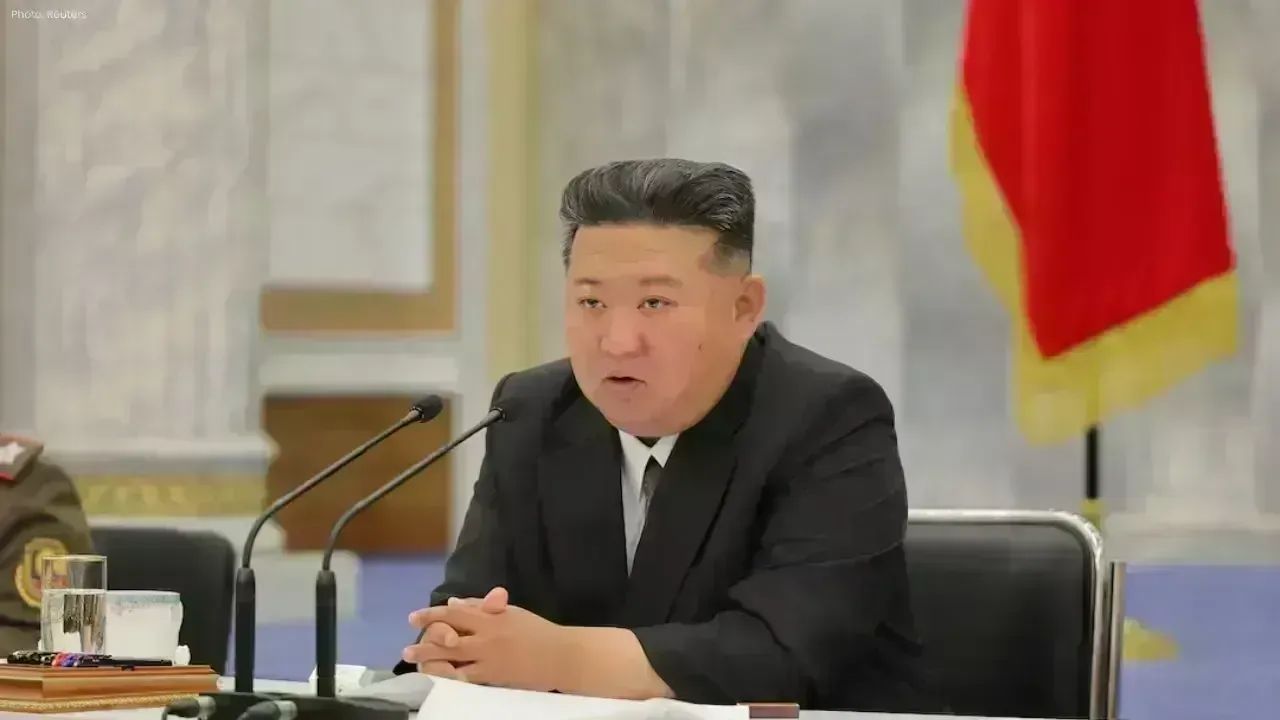

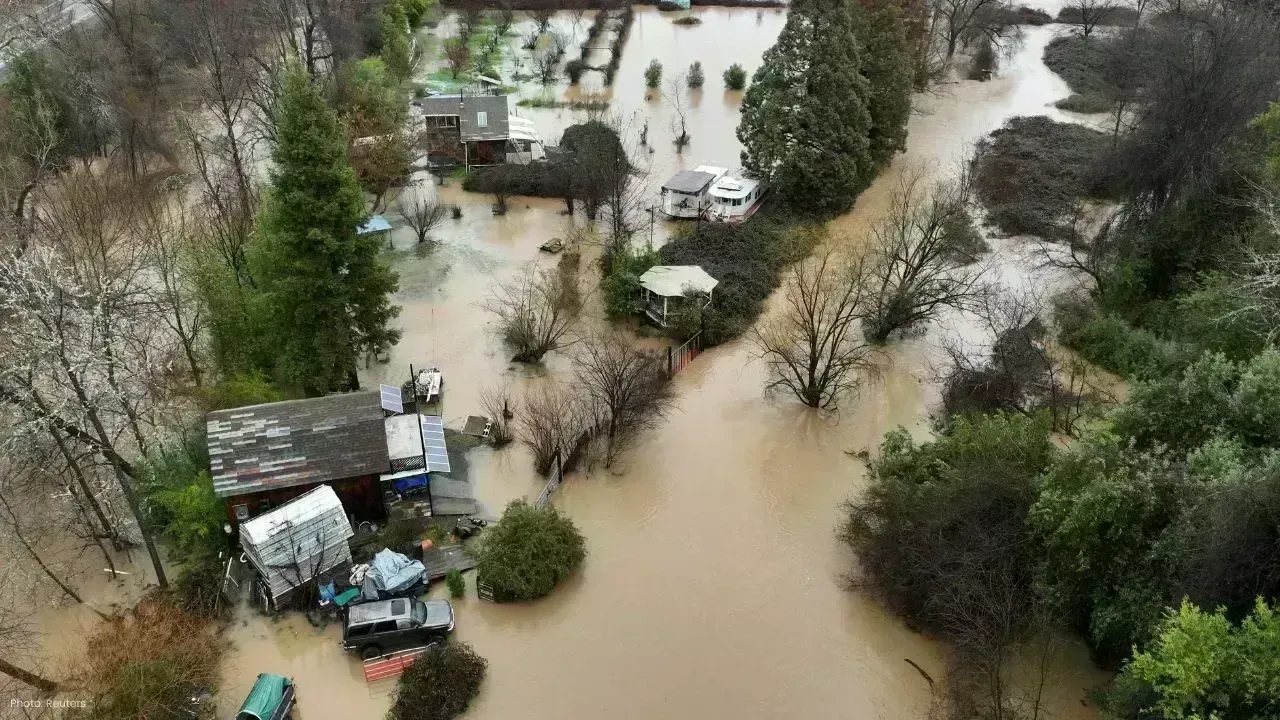





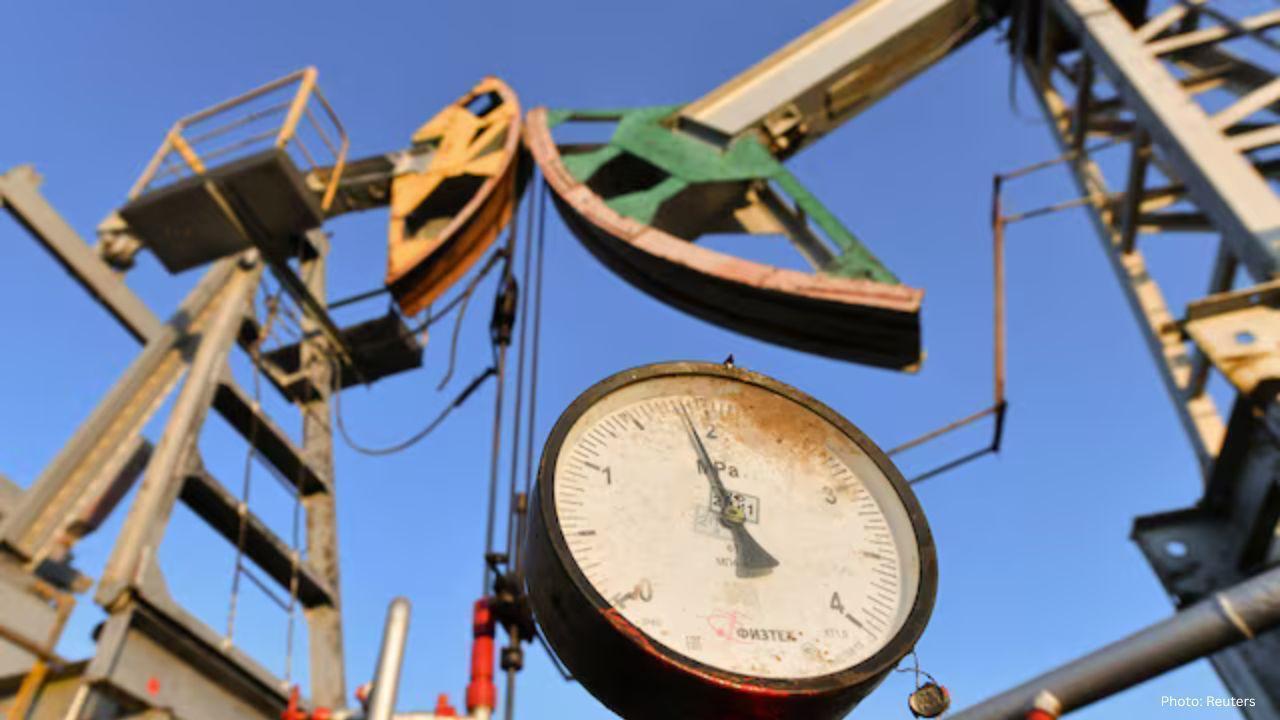
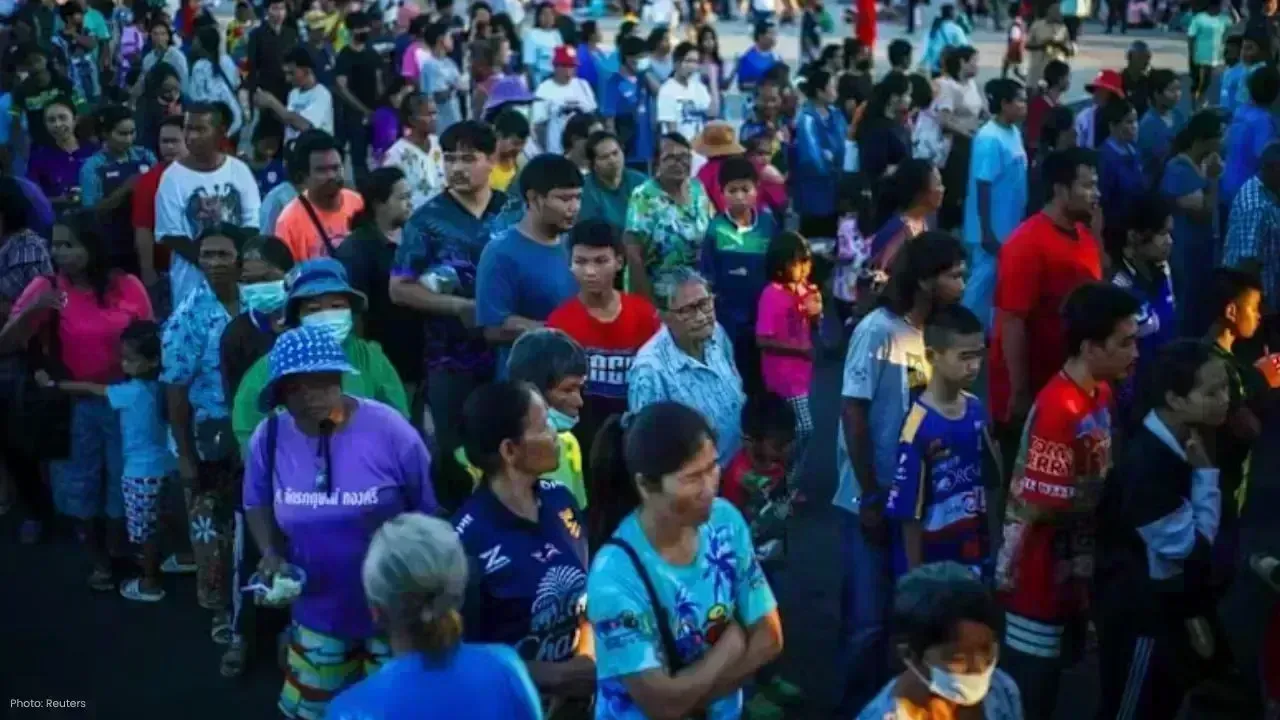
Thailand Defence Minister Joins Talks to End Deadly Border Clash
Thailand’s defence chief will join talks with Cambodia as border clashes stretch into a third week,

India Raises Alarm Over Fresh Attacks on Hindus in Bangladesh
India has condemned recent killings of Hindu men in Bangladesh, calling repeated attacks on minoriti

Sidharth Malhotra & Kiara Advani Celebrate Baby Saraayah’s 1st Christmas
Sidharth and Kiara share adorable moments of baby Saraayah’s first Christmas with festive décor and

South Korea Seeks 10-Year Jail Term for Former President Yoon Suk Yeol
South Korea’s special prosecutor demands 10 years for ex-President Yoon Suk Yeol on charges includin
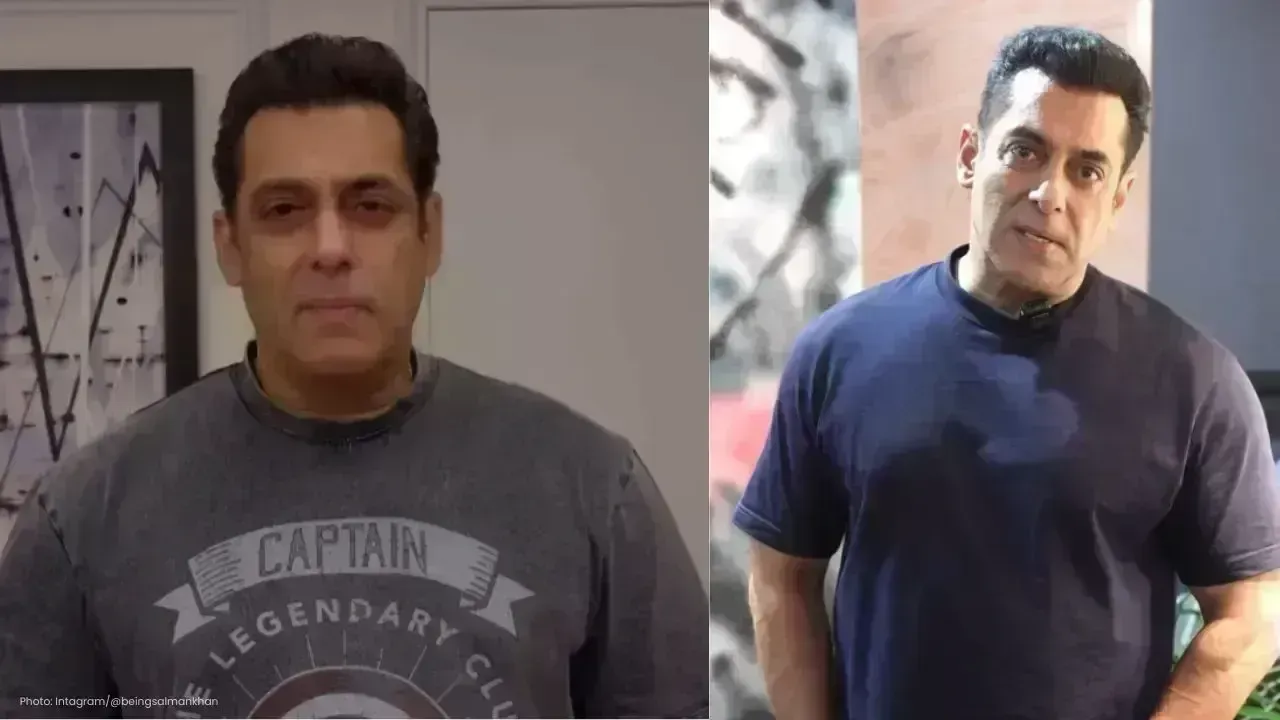
Salman Khan’s Exclusive 60th Birthday Bash at Panvel Farmhouse
Salman Khan to celebrate his 60th birthday privately at Panvel farmhouse with family, friends, and a

Dhurandhar Breaks Records with Rs 1006 Cr, Becomes Bollywood’s Biggest Hit
Dhurandhar rakes in over Rs 1006 crore worldwide in 21 days, becoming Bollywood’s highest-grossing f